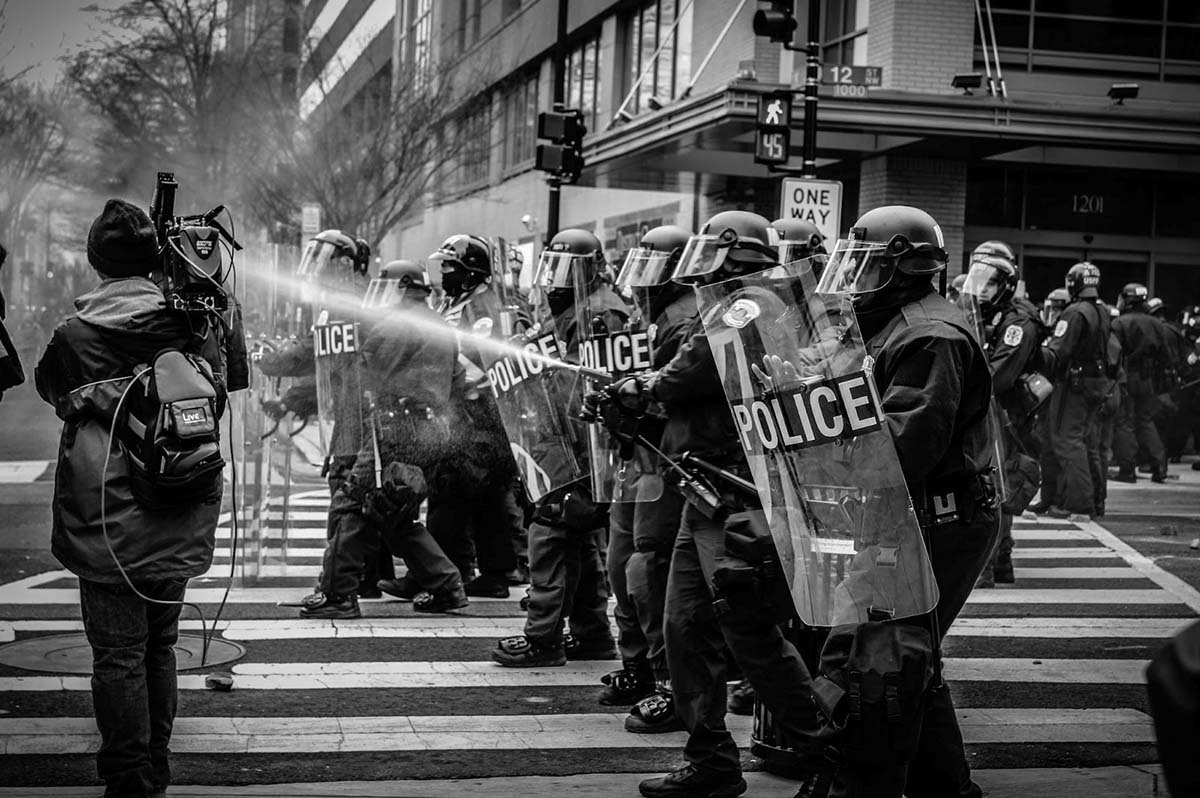How to Choose the Best Full Body Armor for Your Needs

Overview
Full body armor is crucial for personal protection in a variety of situations. Whether you’re in law enforcement, military, or personal security, having the right armor can be life-saving. Full body armor provides comprehensive protection, covering most of the body against ballistic and other threats. In this article, we’ll explore the different types of full body armor, key features to look for, how to choose the right one, and more.
Understanding Full Body Armor
Definition: Full body armor consists of protective clothing designed to absorb or deflect physical attacks. It typically includes a combination of a ballistic vest, protective plates, and additional attachments for the limbs and head.
Usage: Full body armor is used in various scenarios to protect against different threats:
- Law Enforcement: Police officers use body armor to protect against firearms and stab attacks.
- Military: Soldiers wear body armor to guard against shrapnel, bullets, and other battlefield hazards.
- Personal Security: Individuals in high-risk jobs, such as security personnel or journalists in conflict zones, may also use full body armor.
Types of Full Body Armor

When selecting the best full body armor, it’s essential to understand the different types available. Primarily, full body armor can be categorized into two types: soft armor and hard armor. Each type serves different purposes and offers varying levels of protection.
Soft Armor
Soft armor is known for its flexibility and lightweight nature. It’s typically made from materials like Kevlar, which are woven fibers designed to absorb and disperse the energy of a bullet.
- Description: Soft armor is composed of layers of tightly woven fabrics that allow for increased mobility. It is generally less bulky and can be worn discreetly under clothing. This type of armor is ideal for everyday use and provides protection against most handgun threats.
- Use Cases: Soft armor is ideal for security personnel, law enforcement officers, and individuals requiring protection in lower threat environments. It’s often used in scenarios where comfort and concealment are crucial.
Hard Armor
Hard armor offers a higher level of protection compared to soft armor. It is designed to stop more powerful rounds and is made from rigid materials like ceramic and steel.
- Description: Hard armor consists of solid plates inserted into a vest carrier. These plates are typically made from materials such as ceramic, polyethylene, or steel, providing robust defense against rifle rounds. While heavier and bulkier than soft armor, it offers enhanced protection.
- Use Cases: Hard armor is best suited for military personnel, SWAT teams, and individuals who operate in high-threat environments. It can withstand stronger impacts and is often used in combat or tactical operations.
For a detailed overview of what body armor is, visit the Science Direct website.
Key Features to Look For in Full Body Armor
Choosing the best full body armor involves understanding the key features that make an armor suit effective and suitable for your needs. Here are essential factors to consider:
Protection Level
The protection level of full body armor is measured by the National Institute of Justice (NIJ) ratings. These ratings determine the armor’s ability to stop different types of ammunition.
- NIJ Ratings: Armor is classified into various levels, from Level II, which protects against most handgun threats, to Level IV, which can stop armor-piercing rifle bullets. Assess the threats you are likely to face to determine the appropriate level for you.
Comfort and Fit

A well-fitting armor is essential for effectiveness and ease of use.
- Importance: Comfort and fit are critical because poorly fitting armor can hinder mobility and effectiveness. It should distribute weight evenly and allow for a full range of motion.
- Considerations: Look for adjustable straps and padding to ensure a snug fit. The overall weight should be manageable, and the design should not impede movement or cause excessive fatigue during extended wear.
Durability and Maintenance
Durability is a key factor because full body armor must withstand the rigor of regular use and adverse conditions.
- Materials: Opt for high-quality materials such as Kevlar for soft armor and ceramic or steel for hard armor. These materials enhance the longevity and durability of the armor, ensuring it provides reliable protection over time.
- Maintenance Practices: Regular maintenance is necessary to retain the efficacy of the armor. This includes routine inspections for wear and tear, proper cleaning, and storing the armor in optimal conditions to avoid damage.
Choosing the right full body armor involves a careful evaluation of these key features to ensure you get the best combination of protection, comfort, and durability suited to your specific needs and circumstances.
Choosing Between Soft and Hard Full Body Armor
Making the right choice between soft and hard full body armor depends on factors like the threats you face and your comfort needs. Here’s a comparison to help you decide:
Soft Armor
- Description: Made from materials like Kevlar, it offers flexibility and is relatively lightweight.
- Use Cases: Ideal for security personnel or civilians facing low to moderate threats. It provides good protection while maintaining mobility.
- Advantages:
- Lightweight and flexible
- Easier to wear for long periods
- Disadvantages:
- Less effective against high-velocity projectiles
- Offers less protection compared to hard armor
Hard Armor
- Description: Composed of materials such as ceramic and steel, hard armor provides higher protection levels.
- Use Cases: Suitable for military personnel or anyone in high-threat situations.
- Advantages:
- Superior protection against high-velocity rounds
- Can withstand intense combat scenarios
- Disadvantages:
- Heavier and more cumbersome
- Can restrict movement and be uncomfortable over time
To make an informed decision, consider your specific needs and the level of threat you face. For more detailed user information, check out this Q&A on Reddit.
Maintenance Tips for Full Body Armor
Proper care and maintenance of full body armor ensure it remains effective and lasts longer. Here are some tips:
Cleaning and Storage
- Cleaning:
- Use mild soap and water.
- Avoid harsh chemicals or machine washing.
- Pat dry with a towel and let it air dry completely before storage.
- Storage:
- Store in a cool, dry place.
- Avoid direct sunlight or extreme temperatures.
- Hang or lay flat rather than folding to maintain its shape.
Regular Inspections
Regularly inspect your armor for any signs of wear and damage. Look for:
- Surface Damage: Cracks, tears, or abrasions.
- Loss of Shape: Warping or bending, especially in hard armor.
- Strap and Fastener Integrity: Ensure they still function well and are secure.
Conduct inspections at least every six months, or more frequently if the armor is used often. For more detailed maintenance advice, visit this resource guide on body armor. By following these tips, you can extend the life of your full body armor and ensure it provides the maximum protection you need.
For more insightful articles, please visit Bloghart.
